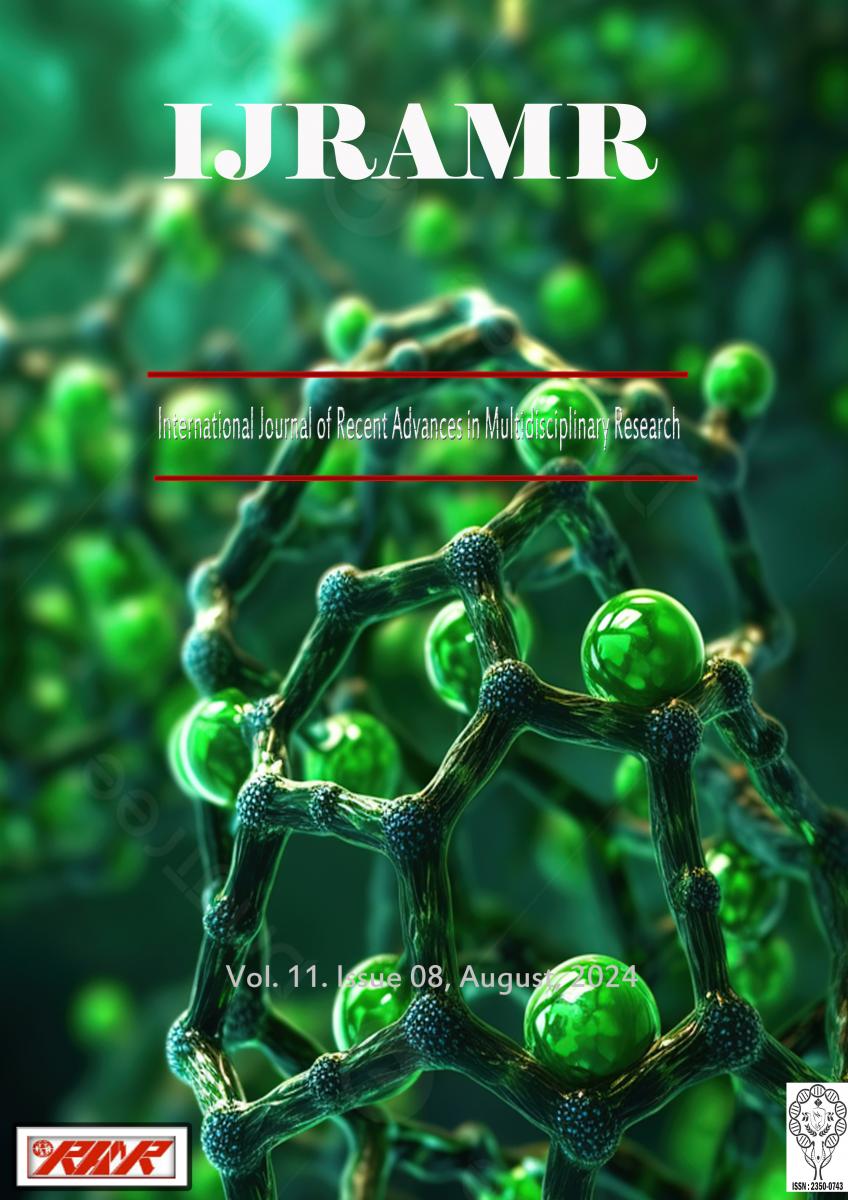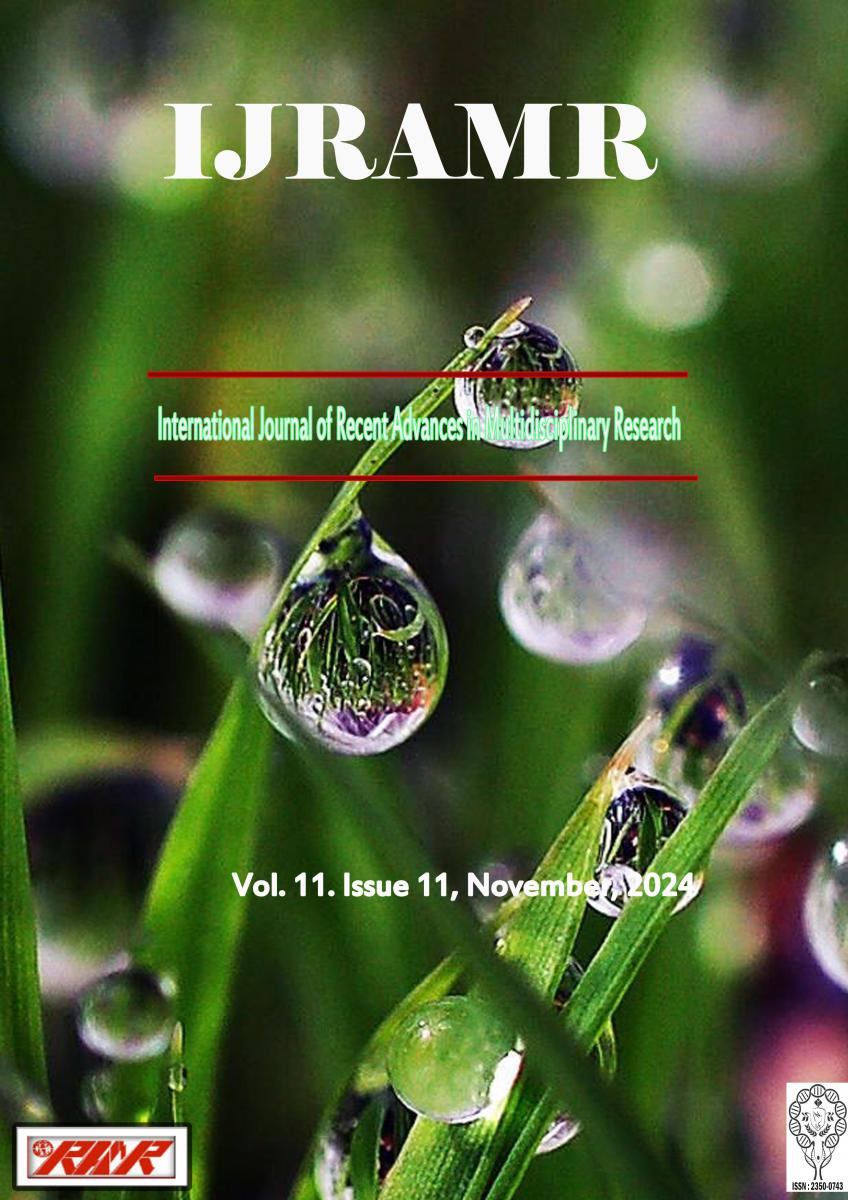Aim: To determine the radiological presentation, management and outcomes of patients with primary spontaneous intracerebral haemorrhage (PSICH) referred for neurosurgical management in Charlotte Maxeke Johannesburg Academic Hospital (CMJAH). Patients and Methods: This was a 6-month prospective study of 45 patients referred to the CMJAH Neurosurgical Unit with a Computed Tomography (CT) scan confirmed diagnosis of spontaneous intracerebral haemorrhage. Patients who met the inclusion criteria were then assessed for relevant data such as demographic, clinical and radiological data. Management offered and outcome were then assessed. Results: There were 13 (28.89%) female patients and 32 (71.11%) male patients. The mean age was 52 ± 11.44 yrs. Supratentorial bleeds accounted for 35 (77.78%) patients while 10 (22.22%) patients suffered infratentorial bleeds. The anatomical location of the haemorrhages was: putamen 23 (51.11%), cortical 6 (13.33%), Pontine 5 (11.11%), thalamus 6 (13.33%), cerebellum 5 (11.11%). Craniotomy was performed in 3 (6.67%) patients and 4 (8.89%) patients had EVD inserted. There was poor outcome in 35(77.78%) patients with 22 (48.89%) dead, 1 (2.22%) vegetative and 12 (26.67%) severely disabled. Conclusion: Our study has shown that PSICH presents a common clinical problem in our environment. It has a predilection for the putaminal area and carries a significant morbidity and mortality.






